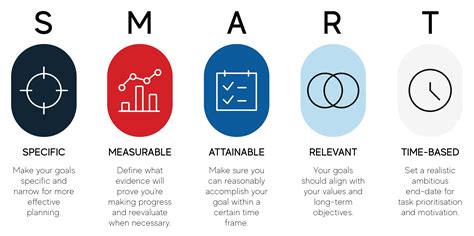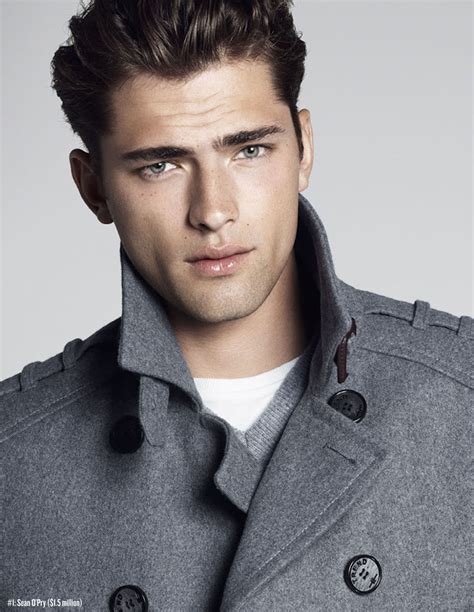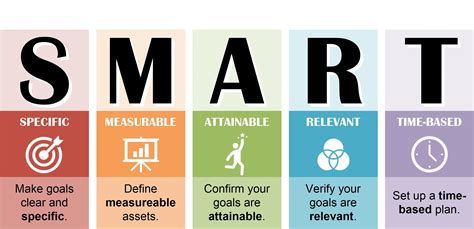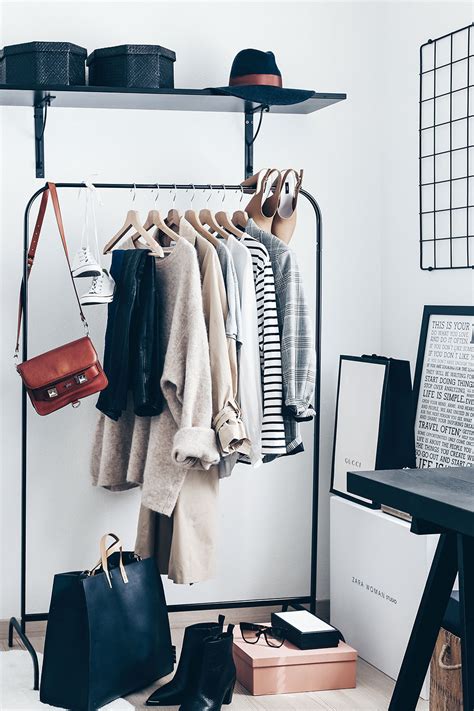In today’s dynamic professional and social landscape, the ability to seamlessly transition between formal and casual settings is paramount for any well-dressed man. The smart casual dress code, often perceived as ambiguous, is in fact the cornerstone of a truly versatile and sharp wardrobe. Mastering it means you’re prepared for almost anything – from client meetings to weekend brunches, ensuring you always look polished, confident, and appropriately dressed. This guide will break down the essential pieces that form the foundation of a successful smart casual wardrobe, empowering you to build outfits with ease and distinction.
The Foundation: Key Smart Casual Staples
Building a sharp wardrobe begins with understanding the core components that offer maximum versatility. These aren’t just clothes; they are strategic investments in your personal brand, designed to be mixed, matched, and layered for a multitude of occasions.

1. The Unstructured Blazer or Sport Coat
Forget the stiff suit jacket; an unstructured blazer or a refined sport coat is your ultimate smart casual weapon. Opt for fabrics like wool, cotton, linen, or a blend in versatile colors such as navy, charcoal, or olive green. Its less formal cut allows it to be worn over a button-down, a polo, or even a sophisticated t-shirt, instantly elevating your look without feeling overly formal. It’s the perfect bridge between casual and formal.
2. Versatile Trousers: Chinos and Dress Trousers
Move beyond jeans (though a dark, well-fitting pair has its place). Chinos are a smart casual essential, offering comfort and style. Invest in several pairs in colors like khaki, navy, grey, and olive. For a slightly more refined touch, consider tailored wool or cotton blend dress trousers that can be dressed down with a polo or up with a blazer. Ensure they have a good fit – slim but not tight, with a clean break at the ankle.

3. Elevated Shirts: Button-Downs and Polos
- Oxford Cloth Button-Down (OCBD): A timeless classic, the OCBD is incredibly versatile. Available in white, light blue, or subtle stripes, it works just as well under a blazer as it does untucked with chinos.
- Chambray Shirt: Offering a denim-like aesthetic but with a softer feel, a chambray shirt adds a touch of rugged sophistication.
- High-Quality Polo Shirts: Ditch the oversized, logo-heavy polos. Look for slim-fit polos in pique cotton or merino wool, in solid colors. They are a step up from a t-shirt but more relaxed than a button-down.
- Fine-Gauge Knitwear: Sweaters and cardigans in merino wool, cashmere, or fine cotton can be layered over shirts or worn on their own. Crewnecks and V-necks in neutral colors like grey, navy, or oatmeal are excellent choices for adding warmth and texture.
4. Footwear That Makes a Statement
Your shoes can make or break a smart casual outfit. A well-chosen pair elevates even the simplest ensemble.
- Loafers: Penny or tassel loafers in leather or suede offer comfort and style, perfect with chinos or tailored trousers.
- Derbies or Brogues: A pair of classic leather Derbies or brogues provides a dressier option that still pairs well with smart casual looks.
- Stylish Sneakers: Not all sneakers are created equal. Opt for clean, minimalist leather or suede sneakers in white, black, or grey. Keep them pristine; scuffed sneakers detract from a sharp look.

5. The Power of Accessories
Don’t underestimate the impact of subtle accessories. A good leather belt that matches your shoes, a classic watch, and even a well-chosen pocket square can add polish and personality to your outfits. These small details communicate attention to detail and a refined sense of style.

Mastering the Mix & Match
The true power of a smart casual wardrobe lies in its interchangeability. Each piece should be able to work with multiple others, allowing you to create numerous outfits from a relatively small collection of items. For instance, a navy blazer can be worn with khaki chinos, a white OCBD, and loafers for a business casual look, or with dark wash jeans, a grey polo, and clean white sneakers for a sophisticated weekend ensemble.
Focus on fit above all else. Clothes that fit well instantly look more expensive and stylish, regardless of their actual cost. Pay attention to tailoring – sleeves, trouser length, and shoulder seams are crucial. Stick to a predominantly neutral color palette (navy, grey, white, black, khaki) and introduce pops of color through shirts or accessories, ensuring everything harmonizes.

Conclusion
Building a sharp, versatile men’s wardrobe centered around smart casual pieces is an investment that pays dividends in confidence and style. By carefully selecting foundational items – a quality blazer, well-fitting chinos, versatile shirts, appropriate footwear, and tasteful accessories – you create a system that allows for effortless dressing. Embrace the art of mixing and matching, prioritize fit, and you’ll navigate any occasion with an undeniable sense of sharp, confident style.




